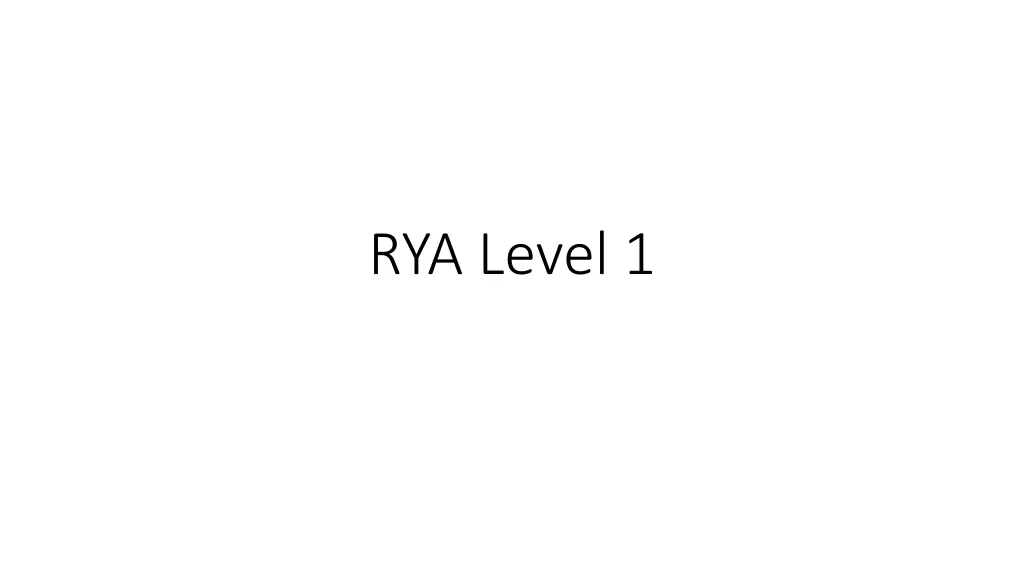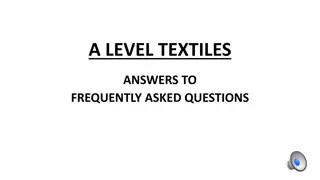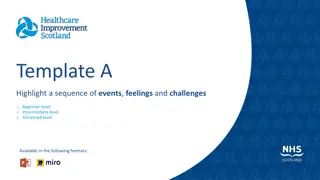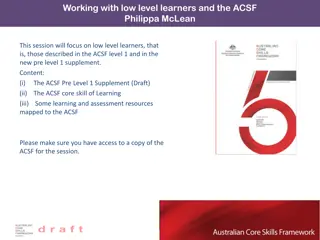RYA Level 1
Learn basic sail setting, turning, centerboard tactics, trim, and balance for a successful sailing adventure. Stay safe with cold water shock prevention and weather source knowledge.
Download Presentation

Please find below an Image/Link to download the presentation.
The content on the website is provided AS IS for your information and personal use only. It may not be sold, licensed, or shared on other websites without obtaining consent from the author. Download presentation by click this link. If you encounter any issues during the download, it is possible that the publisher has removed the file from their server.
E N D
Presentation Transcript
Cold Water Shock Key Points: - You will likely gasp for air, then breath rapidly. - Can only hold breath for seconds so protect your airway from waves and spray. - Your heart will be working harder, so don t try to swim, just relax! - The effects will be at its worst in the first 30 seconds but will have gone within 3 minute
Weather Sources Internet Windguru Met Office BBC Harbour / Marina notice board Coastguard on VHF Shipping Forecast Local radio weather bulletin Can Pay . Marine Call Metfax
5 Essentials 1. Sail Setting 2. Centreboard 3. Course made good 4. Trim 5. Balance
2) Centreboard Upwind Sail IN Centreboard IN Across Wind Down Wind Sail out Centreboard OUT
3) Course made good cant go upwind
3) Course over ground -slippage S Slippage (leeway) - - Tide Force on sail more than the counteracting force on the centreboard Reducing Slippage - Centreboard fully in the water - Don t heal the boat - Dig the nose in sit forward upwind
4) Trim (forward and aft) Upwind sit forward to dig the front in and stop lateral movement Off wind flat is fast Planing downwind sit further back to induce planning raise bow
5) Balance Why does this happen? Digging in the bow on the lee side produces a bigger bow wave on that side and shoves the boat to windward
Summary Flat is fast






















